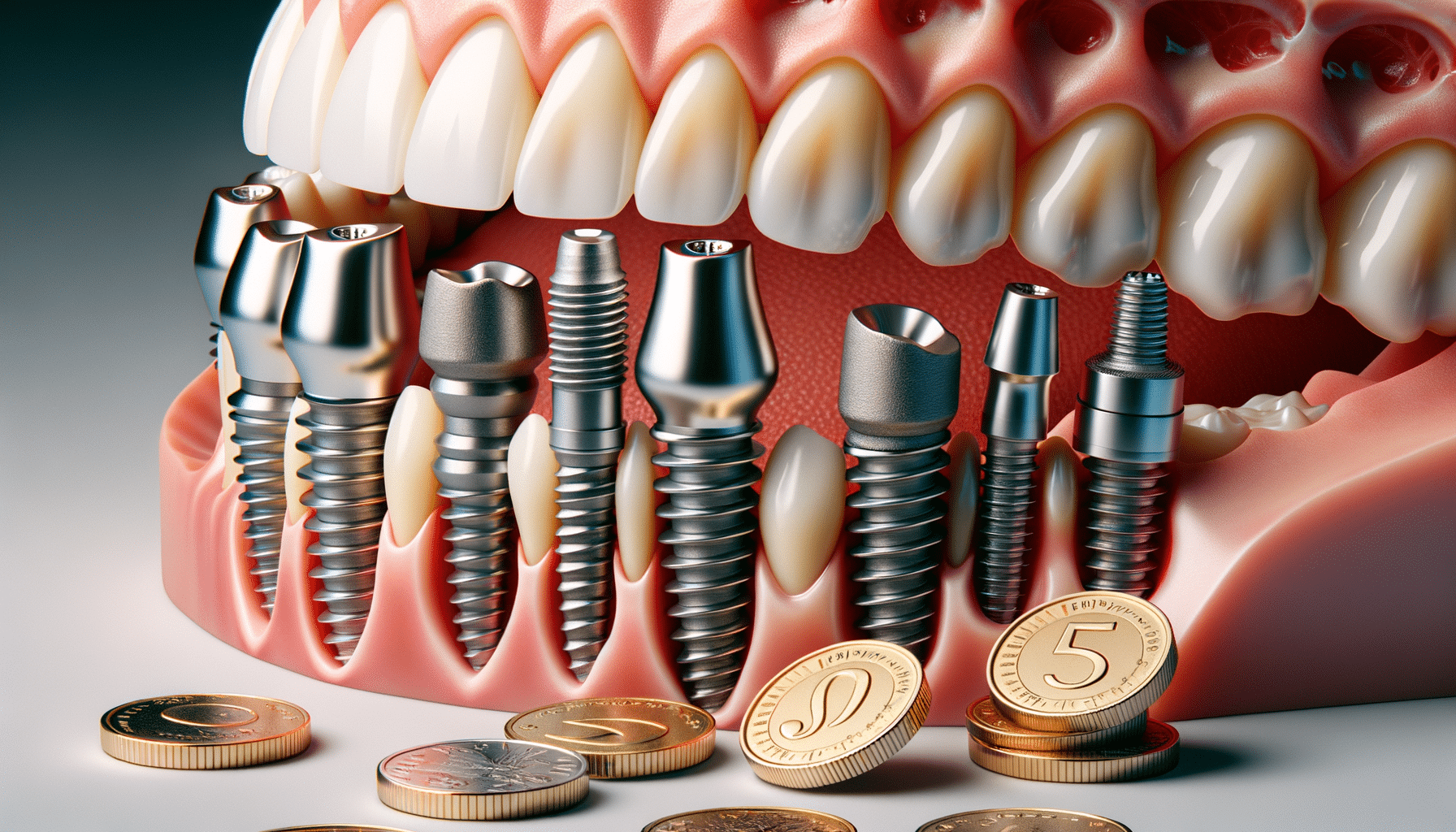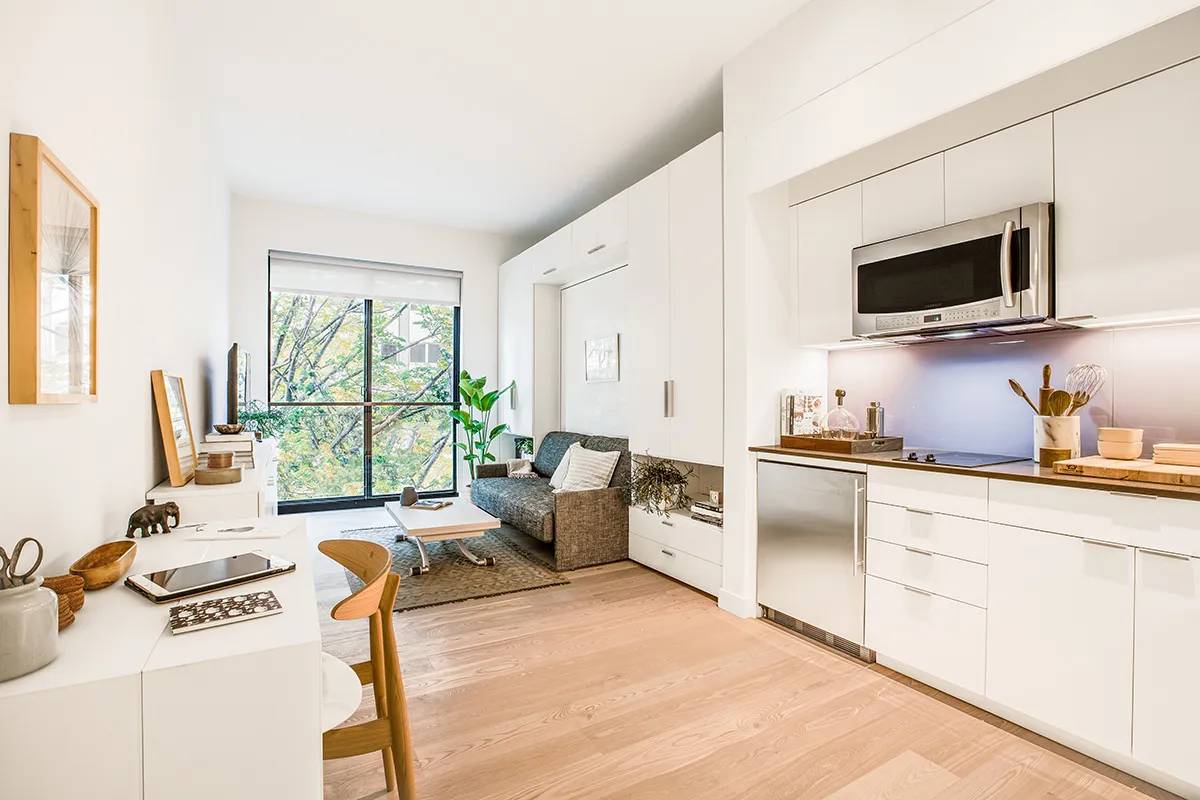
Micro-Apartments: Living Large in Small Spaces
As cities get busier and housing costs go up, micro-apartments offer a smart and creative answer to city living problems. These compact home solutions are usually between 200 and 400 square feet. They focus on efficiency, functionality, and minimalism. Micro-apartments are more than just a trend. They show a change in how people want to live. These spaces offer affordability, sustainability, and simplicity, especially in popular city areas.
Micro-living is changing urban housing. It provides stylish and practical options instead of traditional apartments. These tiny homes use space-saving designs to make the most of every square inch. They offer comfort without compromise. This blog looks at the benefits of micro-living. It shares design tips and expert advice. Plus, it discusses what the future might hold for this trend.
Why It Matters
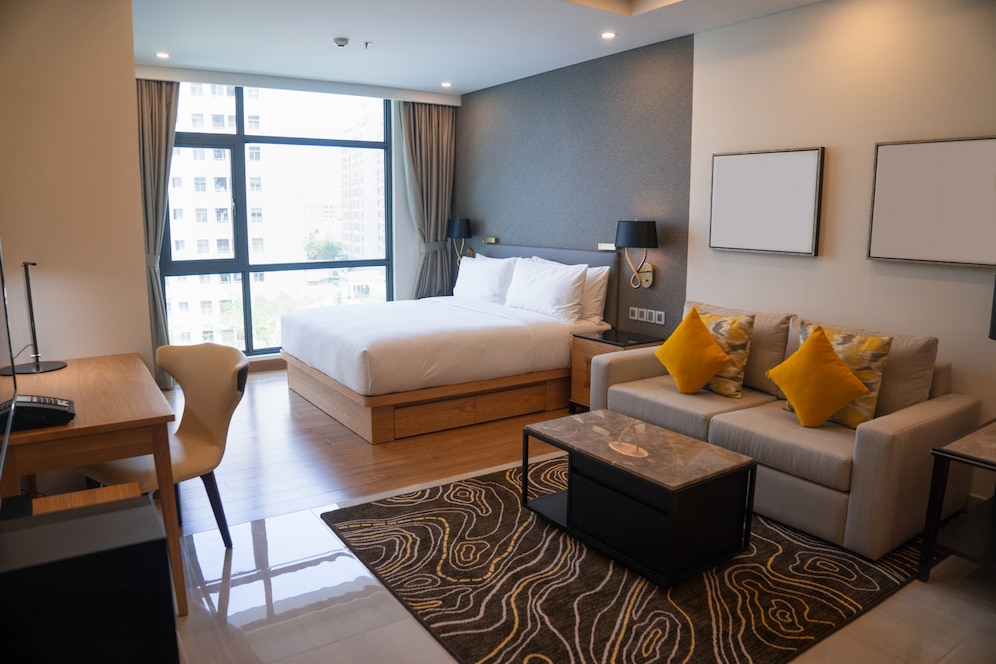
1. Affordability in Expensive Urban Centres
One of the biggest draws of micro-apartments is their affordability. As property prices and rental rates rise in big cities, compact apartments provide an affordable housing option.
- Lower rental costs: Micro-apartments usually have lower rents. This makes them easier for young professionals, students, and digital nomads to afford.
- Lower utility bills: Smaller homes use less energy, which means cheaper electricity, heating, and water costs.
- Prime locations: Micro-apartments are usually found in central, popular areas. They provide easy access to public transport, workplaces, and entertainment options.
2. Sustainability and Lower Carbon Footprint
Micro-living promotes eco-friendly urban living by reducing resource consumption:
- Energy efficiency: Smaller apartments use less energy for heating, cooling, and lighting. This helps lower the carbon footprint.
- Minimal waste generation: Micro-apartments encourage minimalist lifestyles, reducing the accumulation of unnecessary possessions.
- Smaller ecological footprint: Less space means fewer materials for building. This makes micro-apartments a more sustainable housing choice.
3. Encouraging Minimalist Living
Living in a micro-apartment naturally promotes decluttering and prioritising essentials:
- Less clutter: Residents have limited space, so they should be careful with their belongings. This encourages a minimalist lifestyle.
- Easier cleaning and upkeep: Smaller spaces take less time to clean, so you can enjoy other activities.
- Mindful consumption: Micro-living encourages individuals to focus on experiences rather than material possessions.
4. Efficient Use of Space Through Smart Design
Micro-apartments are designed to maximise functionality without compromising comfort:
- Multi-purpose furniture: Convertible beds, foldable tables, and modular seating optimise space usage.
- Smart storage options: Built-in shelves, wall-mounted cabinets, and under-bed storage create plenty of room for your things.
- Open layouts: Smart designs give a feeling of space, making small areas seem bigger and more welcoming.
5. Community-Oriented Living
Many micro-apartment complexes incorporate shared amenities and communal spaces:
- Co-working areas: Shared office spaces let residents work from home without feeling stuck in their small apartments.
- Communal kitchens and lounges: Residents have bigger shared spaces for socialising and hosting gatherings.
- Fostering connections: These shared spaces promote social interaction and build a sense of community in cities.
Step-by-Step Guide to Micro-Living
Step 1: Optimise Your Furniture and Layout
The key to comfortable micro-living lies in efficient space planning. Prioritise multi-functional furniture and adaptable layouts:
- Foldable and convertible furniture: Choose items that do more than one job. Think about sofa beds, wall beds, and extendable dining tables.
- Vertical storage: Use wall space by adding floating shelves, tall cabinets, and hanging racks. This helps you maximise storage capacity.
- Modular designs: Pick modular furniture that can be rearranged to fit various needs during the day.
Step 2: Maximise Natural and Artificial Light
Good lighting creates an illusion of spaciousness in small apartments:
- Use light colours: Paint walls in neutral shades like white, beige, or light grey. This will help the space feel larger and brighter.
- Use mirrors: Place them wisely to reflect light. This can add depth and make the space feel larger.
- Install layered lighting: Use ambient, task, and accent lights to create warmth and depth.
Step 3: Prioritise Smart Storage Solutions
Effective storage solutions prevent clutter and keep the space organised and functional:
- Built-in storage: Utilise under-bed drawers, ottomans with storage compartments, and wall-mounted shelves.
- Vertical organisers: Use hanging organisers, over-the-door hooks, and pegboards to maximise vertical space.
- Hidden storage: Choose furniture that has secret compartments. Beds with built-in drawers or hollow ottomans are great options.
Step 4: Incorporate Smart Home Technology
Smart home technology enhances convenience and efficiency in micro-apartments:
- Smart lighting and thermostats: Automate lighting and temperature settings for energy efficiency and comfort.
- Voice-controlled devices: Use virtual assistants like Alexa or Google Home to manage tasks and control smart appliances.
- Space-saving appliances: Choose compact, multi-functional appliances like washer-dryer combos or convection microwaves.
Step 5: Embrace a Minimalist Lifestyle
Living in a micro-apartment encourages mindful consumption:
- Declutter often: Get rid of things you don’t use or need. This helps keep your space tidy and clear.
- Prioritise essentials: Invest in quality, multi-purpose items rather than accumulating excessive possessions.
- Adopt a capsule wardrobe: Keep only versatile and essential clothing pieces to simplify your closet.
Additional Expert Tips & Common Mistakes to Avoid
Expert Tips
- Use sliding doors: They save space and make rooms feel larger than swinging doors.
- Use clear furniture: Acrylic or glass pieces create openness and make the space feel larger.
- Add greenery: Bring in small indoor plants for warmth and life without using much space.
Common Mistakes to Avoid
- Overcrowding with furniture: Filling a small apartment with too many pieces can make it feel claustrophobic and disorganised.
- Ignoring vertical space: Neglecting to utilise vertical space like wall and ceiling space results in missed storage opportunities.
- Lack of personalisation: While minimalism is key, don’t sacrifice personal style and comfort. Add decor that reflects your personality.
Advanced Insights
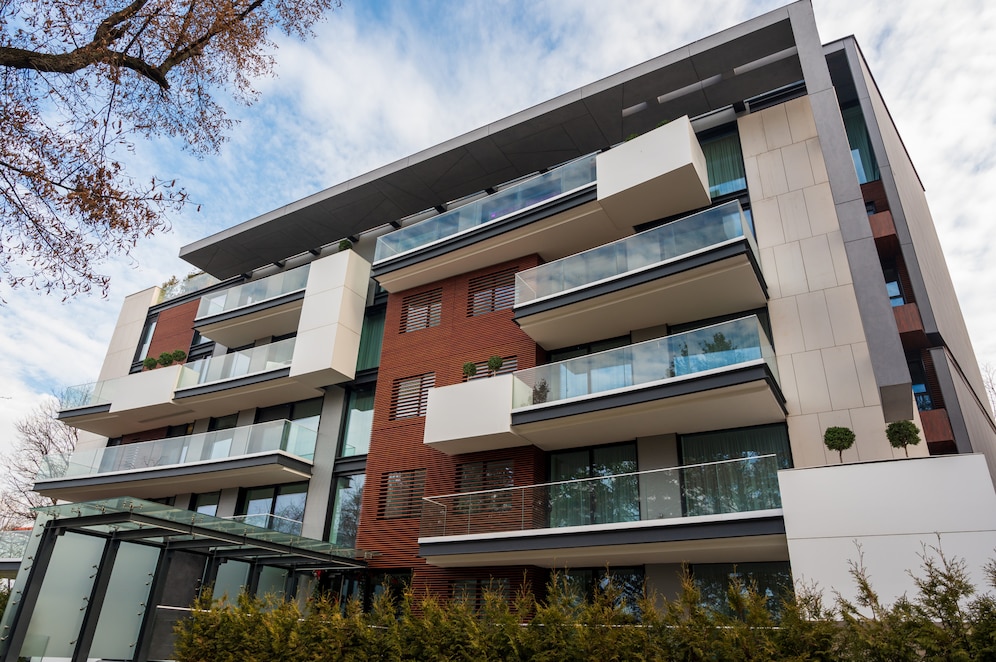
1. Modular and Multi-Functional Designs
The future of micro-apartments lies in modular architecture:
- Reconfigurable layouts: Sliding or folding walls and furniture let rooms have many uses.
- Flexible zoning: These adaptable spaces let residents set up makeshift offices, bedrooms, or dining areas when needed.
2. Tech-Integrated Smart Apartments
Smart technology enhances the convenience and efficiency of micro-apartments:
- AI-powered climate control: Automated systems adjust temperature and lighting based on occupancy.
- App-controlled appliances: Remote-controlled devices enhance convenience and reduce energy waste.
3. Co-Living and Shared Amenities
Many micro-apartment complexes include co-living features:
- Shared lounges and kitchens: Residents benefit from communal spaces, cutting down the need for big individual amenities.
- Fitness and entertainment spaces: On-site gyms and social areas add value. They do this without taking up your personal living space.
Micro-Apartments as the Future of Urban Living
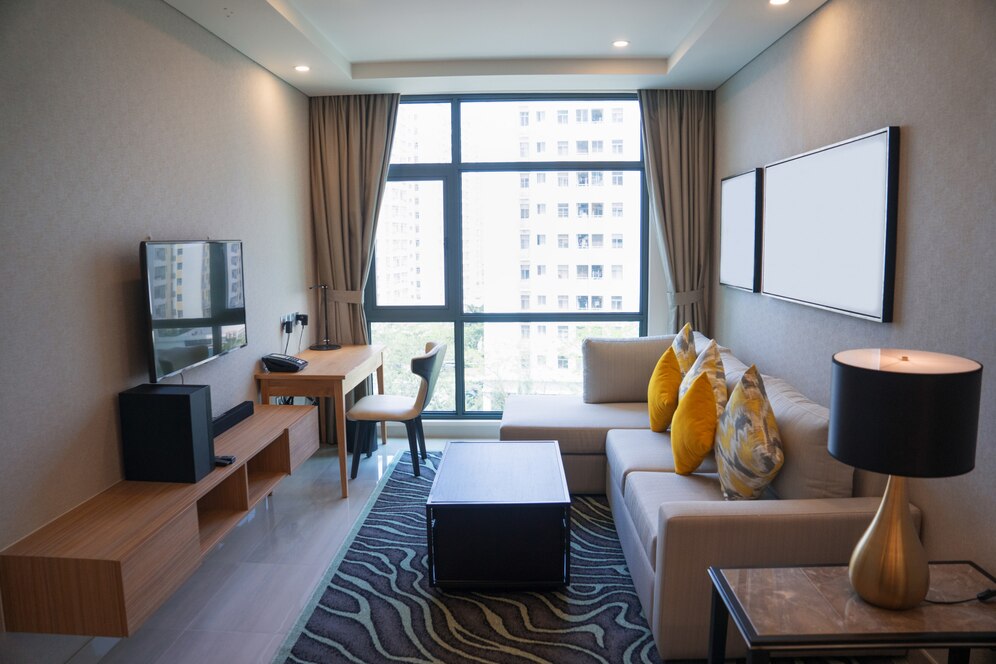
Micro-apartments are changing urban living. They provide a sustainable, affordable, and stylish way to tackle city life challenges. Through clever design, multi-functional furniture, and smart technology, these compact spaces provide comfort and convenience without compromise.
As city populations grow, micro-living will help tackle housing shortages and support sustainability. If you’re thinking about downsizing or trying minimalism, micro-apartments show a thrilling look at the future of city living.
Would you consider living in a micro-apartment? Share your thoughts and experiences in the comments below!

